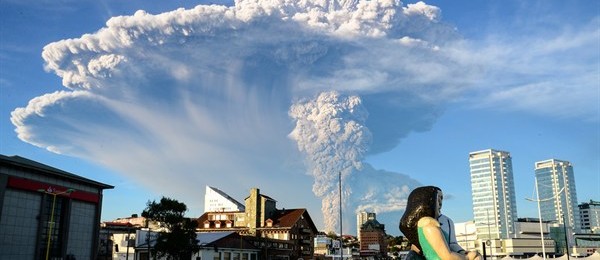Climate science
-

You might have heard of the term “heat burst” before but are unlikely to have experienced it here in the Southeast. A heat burst was experienced in Oklahoma and measured by the Oklahoma Mesonet earlier this week. Basically, the temperature at the surface rose rapidly due to the collapse of some thunderstorms overnight, bringing very…
Posted in: Climate science -

If you have never heard the term “thirstwave”, you are not alone. I saw it for the first time this week in an article in Nautilus. According to the article, “two hydrologists, Meetpal Kukal and Mike Hobbins, from the University of Idaho and University of Colorado respectively, recently coined the term, which is meant to…
-

Here is a story on a topic you don’t read about every day. A new study done in collaboration between NASA and the Smithsonian shows that satellites may be able to help identify volcanoes that are about to erupt by looking for signs of enhanced carbon dioxide emissions in plant life downwind of the volcano.…
-

If you have heard the term “atmospheric river” you may think of them as plumes of very humid air that blow into the US West Coast, bringing flooding rain to locations in that part of the country. But the Southeast also has atmospheric river events, including the one that occurred this past weekend with the…
-

If any of you are interested in attending an Extension training on the basic science of hurricanes, you are welcome to join us on Thursday at 10 am Eastern Time. I will be covering how hurricanes form and develop, different impacts of tropical storms and hurricanes, forecasting, and hurricane insurance. I will also post a…
-

If you have ever been asked to explain the difference between weather and climate, you might say that climate is the average weather over time. And while that is true, climate is also oscillations from one season to the next, multi-year swings like El Nino and La Nina, and trends over time. Michelle L’Heureux of…
Posted in: Climate science -

I’ve been traveling this weekend to celebrate my mom’s 90th birthday up in Michigan, so am running a little behind. However, I do have a few stories to share with you that I have recently seen in the news of interest. Also included are a couple of hurricane YouTube videos that you might find informative.…
Posted in: Climate and Ag in the news, Climate science, Crops, Drought, Forests, Fruit, Tropical weather